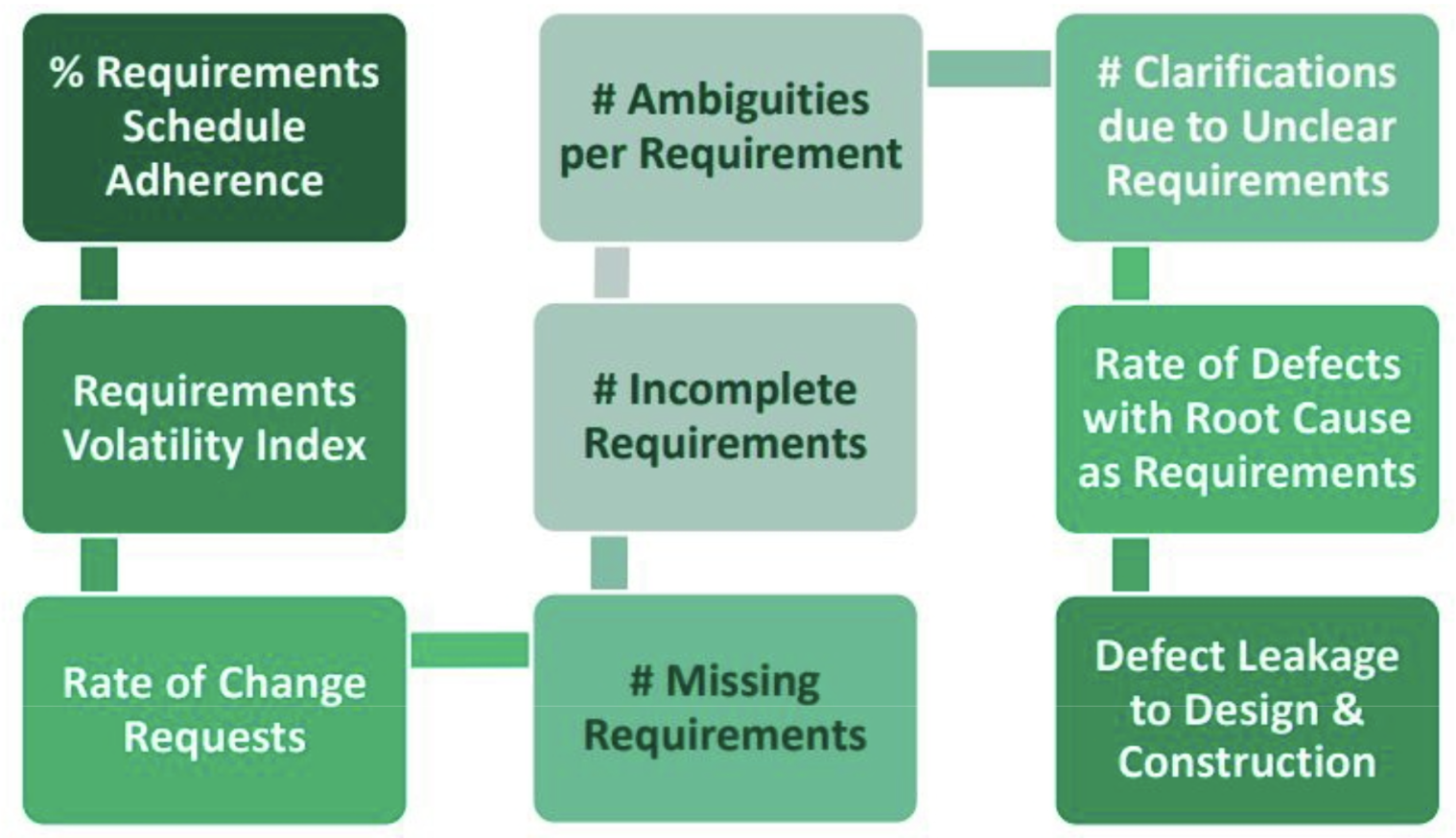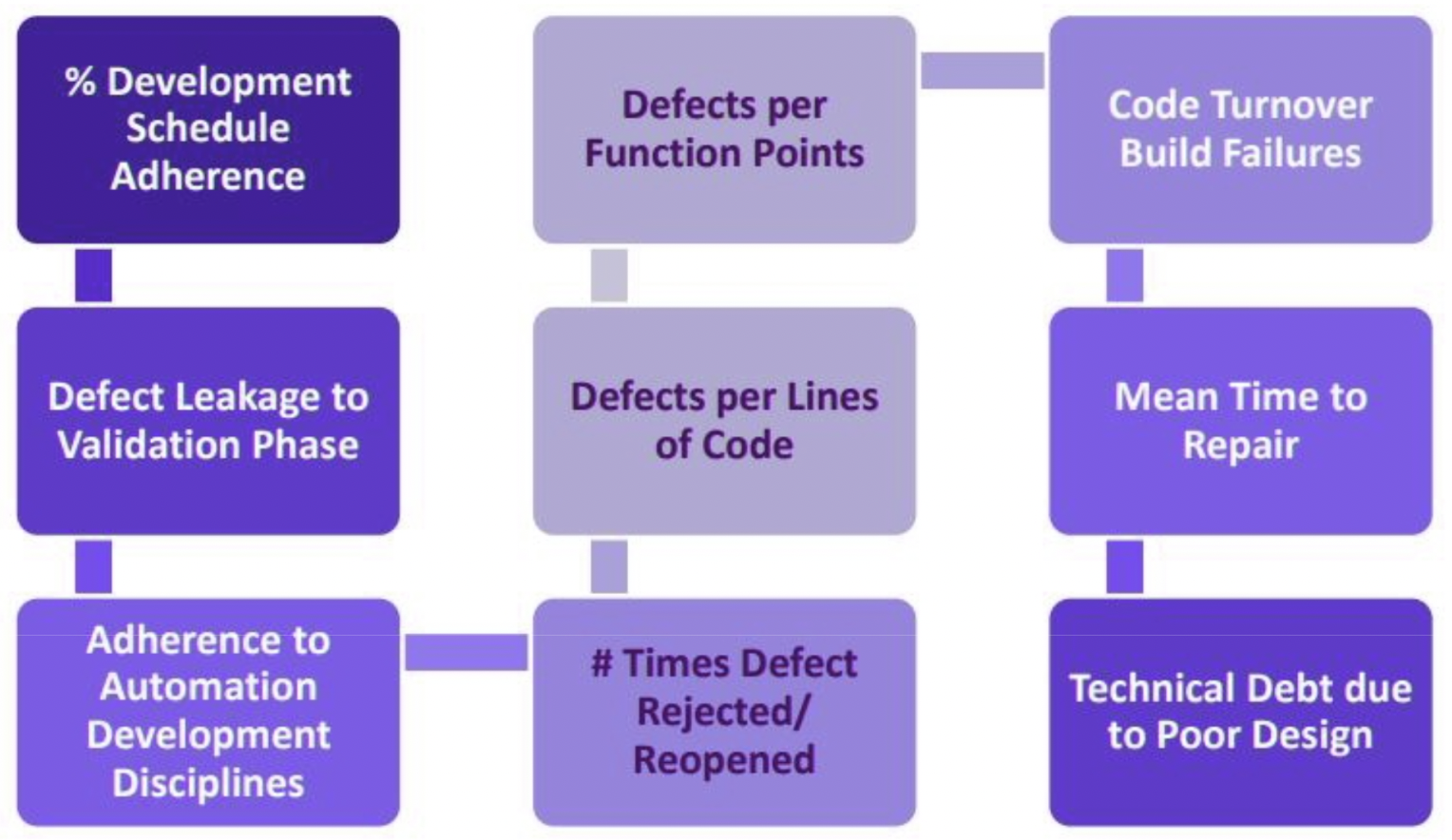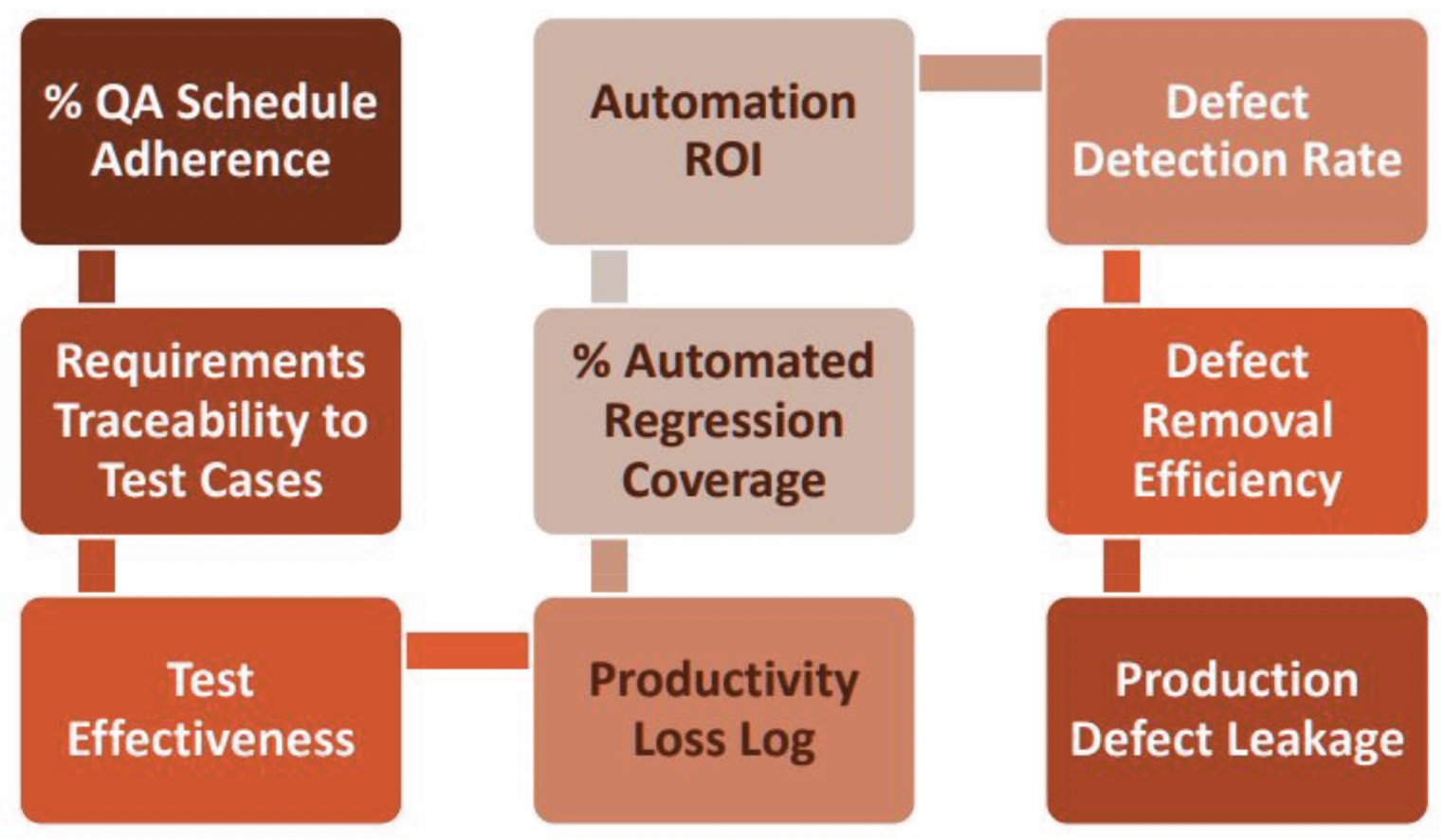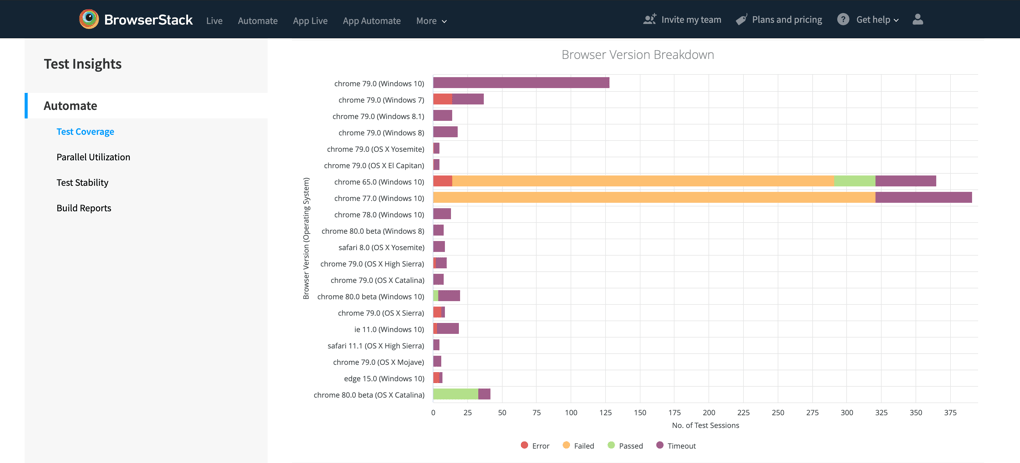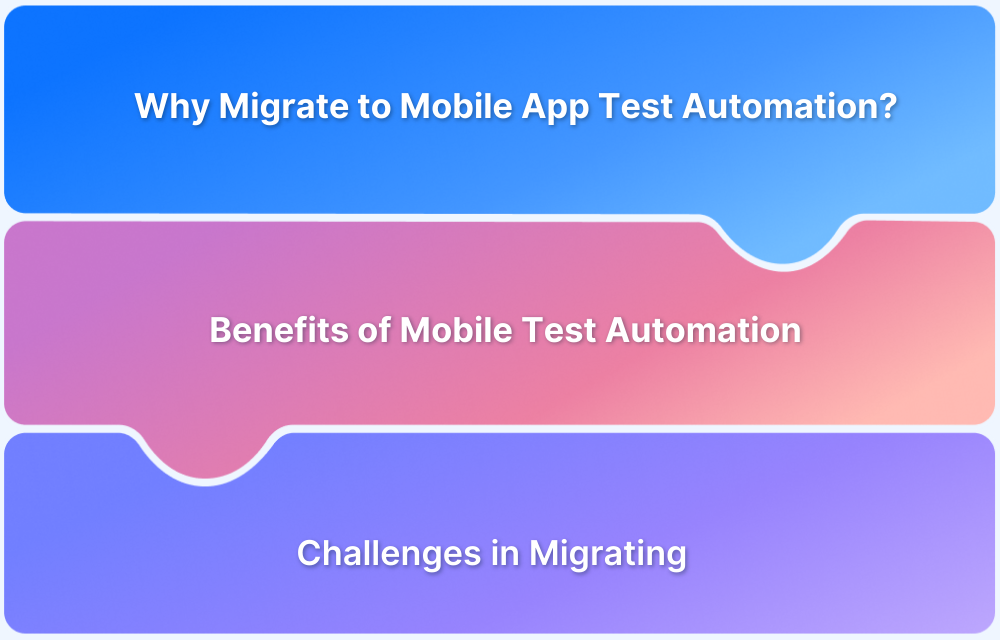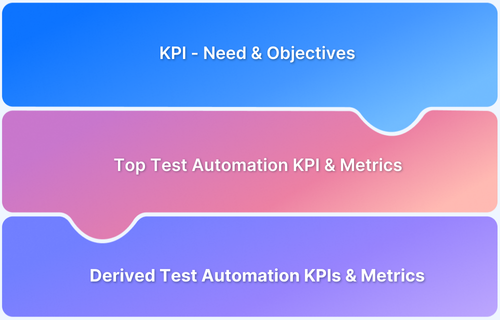According to GitLab’s research, speed is crucial in a world where 26% of organizations release builds hourly and 59% of enterprises deliver new software builds on the daily. This is why an enterprise testing strategy is non-negotiable in the SDLC that is carried out by test solution architects and product management teams.
- While developing an end-to-end enterprise test environment strategy, solution architects synchronize BA, DevOps, and QA goals for the final product.
- QA goals are then translated into initiatives like test design, automation, asset delivery management, etc., which are then allocated to respective teams for steady execution.
In this article, we will comprehensively learn more about enterprise testing strategy and its guaranteed benefits.
What is Enterprise Testing?
Enterprise Testing is the process of testing large-scale applications that serve organizations with complex needs, high transaction volumes, and a wide user base.
It ensures that all parts of the enterprise system work together seamlessly. This testing approach focuses on performance, security, and reliability. By covering these areas, Enterprise Testing helps organizations meet the high standards required to operate efficiently at scale.
Why is Enterprise Testing important?
Enterprise Testing is vital because:
- It allows businesses to deliver reliable, secure, and high-performing software.
- It minimizes risks, reduces downtime, and ensures seamless integration of enterprise applications that handle sensitive data and complex processes.
- It protects data and provides a consistent user experience across large networks.
Difference between Enterprise Application and Traditional Application
| Aspect | Enterprise Application | Traditional Application |
|---|---|---|
| Complexity | Involves multiple integrations and complex processes | Simpler architecture with fewer integrations |
| Performance Requirements | Extremely high-performance needs, often mission-critical | High performance requirements |
| Data Sensitivity | Manages large amounts of sensitive and regulated data | May handle less-sensitive data |
| Infrastructure | Cloud-based and highly scalable is a must | Requires high scalability or cloud support |
| Scalability | Typically used in an industry with very high scalability requirements | Requires moderate to high scalability |
| Customization and Flexibility | Requires extensive customization and configurability | Often standard with minimal customization |
| Compliance | Must meet strict regulatory standards | Fewer compliance requirements |
What is an Enterprise Testing Strategy?
A structure for the QA organization’s operations and interactions with project team members is established by the Enterprise Testing Strategy (ETS). The ETS, created in collaboration with Project Management, Business Analysts, and Development, provides an outline for how the company would reduce the cost of quality while incorporating quality into product releases.
How is it beneficial?
- Establishes a cooperative and structured approach to automation standards to ensure the sustainability of automation
- Introduces a joint obligation to uphold best practices.
- Drives the lifecycle’s requirements, design, and construction phases to reduce defects
- Defines performance benchmarks for critical applications
- Manage test data following corporate security guidelines
- Develops solutions for gaps in testing for specialized areas like mobility, big data, automation, performance, etc.
Overall Value Proposition
The ETS lays the groundwork for delivering the highest quality while demonstrating test automation ROI
- Scope Limit Creep
- Extend the test coverage
- Test Case creation speed and requirements traceability Relationship these Test Cases.
- Reduce the defects leakage
- Reduce the defects leakage
- Cuts back on rework
Read More: Essential Metrics for the QA Process
Benefits of Enterprise Testing?
Enterprise Testing brings key advantages that strengthen the stability and growth of large organizations:
- Enhances software reliability and uptime at scale
- Strengthens security and supports regulatory compliance
- Lowers business risk and reduces costly downtime
- Increases user satisfaction through consistent performance
- Speeds up time-to-market by streamlining testing processes
- Supports agile transformation with effective automation
Transitioning to Enterprise Test Automation Strategy
Whether you already are part of an enterprise test environment strategy or looking to venture into it, heres a clear cut 10-step checklist on transitioning into it:
- Specify the goals and objectives
- Establish a template outline that is in line with your objectives.
- Engage key stakeholders to win acceptance and support
- Where gaps exist, draw out recommendations
- Set targets for automation based on calculated ROI
- Conduct evaluations with cross-functional stakeholders
- Introduce to upper management as a program
- Analyze whether the establishment of a steering committee will attract more support
- Shortlist metrics to benchmark the current situation and gauge future improvement
- Establish and adhere to a publishing schedule for metrics, such as a monthly scorecard
Follow-Up Read: 11-Step Product Launch Checklist
Creation of the Enterprise Quality Framework
We must use the enterprise strategy throughout the whole SDLC in order to fully see the ETS at play.
| Enterprise Testing Strategy (Requirements Phase) | |
| Requirements Elicitation | Attend elicitation sessions |
| Create test or business scenarios | |
| Make sure that the requirements have the desired result. | |
| Requirements Analysis | Ambiguity Reviews to find unclear, missing, and insufficient requirements |
| Using a feedback loop with the BA, handle ambiguity | |
| Unresolved ambiguities that are listed as required defects | |
| Requirements Phase Signoff | QA validates that requirements are traceable to test cases are testable |
| QA receives business signoff that the business and test scenarios provide adequate test coverage. | |
| Enterprise Testing Strategy (Design Phase) | |
| Design Sessions | Take part in design sessions |
| Add or change business and test scenarios | |
| Make sure the design meets the stated specifications and produces the desired result. | |
| Design Evaluation | Determine where requirements and design conflict. |
| Addressing discrepancies/conflicts between requirements and design through a feedback loop between BAs and development | |
| Design Phase Signoff | QA confirms that the design meets the specified standards. |
| QA will verify designs to be traceable to requirements and test cases. | |
| Enterprise Testing Strategy (Development Phase) | |
| Test Case Management | Create test cases depending on requirements and business/test scenarios |
| Scripting for automation & performance | |
| Regression Suite Analysis | Examine the regression test case suite and choose tests to run during the regression test. |
| Test Case Review | Internal peer reviews of test cases with Test Leads |
| Review of project stakeholders by BAs and Dev Leads | |
| Test Case Signoff | QA obtains Signoff from the BAs and the Dev Leads. |
| Enterprise Testing Strategy (Testing Phase) | |
| Smoke Test | Act as the starting point for the Validation Phase. |
| Use as the entry point for each code change | |
| System Testing | Test cases for the system are executed |
| Test cases for system integration are executed | |
| Cycles of defect-fix and retest | |
| Regression Testing | Perform regression test cases using automation. |
| Test Closure | Test cases final update where it needed |
| Choosing test cases for the regression suite | |
| Target test cases for the following automation stage | |
Measuring an Enterprise Test Automation Strategy
As part of your agile testing metrics, the following flow would help you decode the success of your overall enterprise automation strategy.
Measuring an Enterprise Test Automation Strategy involves tracking key metrics to ensure automation delivers value, improves efficiency, and aligns with business goals. Here are some essential metrics to assess its effectiveness:
Requirements Measurement: Tracks the alignment of automated tests with business requirements. Measures how well test cases cover key functionalities and workflows, ensuring that automation supports core business objectives and critical user scenarios.
Development Measurement: Assesses the integration and effectiveness of test automation within the development lifecycle. Metrics here include automation script stability, ease of maintenance, and the frequency of updates to support evolving code, which together indicates the automation framework’s adaptability to development changes.
Test Measurement: Focuses on the performance and impact of automated tests. Includes metrics such as test execution speed, pass/fail rates, defect detection rates, and defect escape rates. These measurements help evaluate the efficiency, stability, and effectiveness of automation in detecting issues early and reducing time to release.
Best Practices for Enterprise Testing
Implementing a strong enterprise testing strategy is key to ensuring quality, performance, and security across complex applications. These best practices help build a reliable and scalable testing process for large organizations:
- Define Clear Testing Goals: Align testing with business priorities to focus on essential outcomes.
- Build a Collaborative Team: Encourage communication across teams for early issue detection and shared quality responsibility.
- Prioritize Test Automation: Automate repetitive, high-value tests to save time and boost accuracy.
- Use Risk-Based Testing: Focus testing on high-risk areas to maximize impact and optimize resources.
- Invest in Scalable Infrastructure: Use scalable, cloud-based environments to handle high test volumes.
- Ensure Data Security and Compliance: Protect sensitive data and meet regulatory standards in testing.
- Create Reusable Test Cases: Design modular, reusable tests for easier maintenance and updates.
- Focus on Performance and Load Testing: Regularly test for performance under high traffic and stress.
- Track Key Metrics: Measure test coverage, defect rates, and speed to refine the strategy.
- Plan for Continuous Improvement: Adapt the strategy based on feedback and evolving requirements.
Read More: Best Practices for Test Automation
BrowserStack for Enterprise Testing
When using Agile, BrowserStack for Enterprises is the trusted industry leading infrastructure for high-quality releases. Teams can test regularly and widely owing to the characteristics below:
Extensive Administrative Controls
- Access control: Assign parallel threads to teams based on your testing requirements while also creating sub-teams and customizing dashboard views.
- Single sign-on: Integrate BrowserStack with your current identity providers, such as SAML 2.0, IDP, SP, and others, for authentication.
- Auto-provisioning/de-provisioning: Eliminate BrowserStack activation and deactivation from the employee onboarding and offboarding operations
Total Data & Network Governance
- IP Whitelisting: Securely test while overcoming IP access restrictions. For all incoming and outgoing traffic from its remote devices, whitelist a number of BrowserStack IPs
- Advanced Local Testing: Enforce organization-wide security, logging, and monitoring policies. It makes sure that every user’s traffic from BrowserStack Real Device Cloud is routed through your network.
Test Insights for Agile Transformation
- Test insights: Analyze how well-automated testing is performing overall. Analyze data using various filters, including teams, builds, mistake rates, device and browser coverage, and more.
- Usage statistics: Give teams the ability to organize and improve their test runs based on how they use BrowserStack.
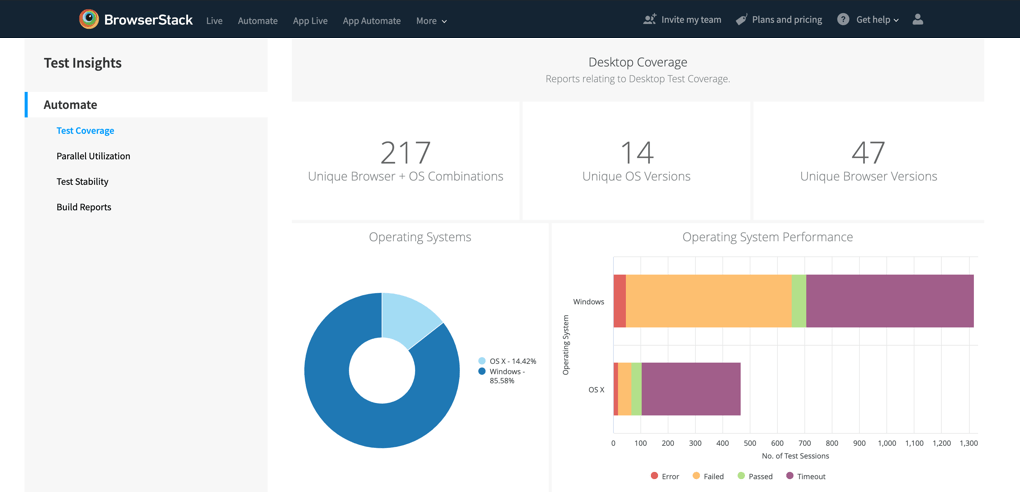
With BrowserStack Test Insights & Analytics, you can fill in the gaps with insights into the types of devices, desktops, and operating systems that you have been testing.
Infinitely Scalable with Growing Test Suite
- Parallelization: Run a large number of tests concurrently on your parallel threads, then place the remaining tests on a queue so you won’t have to worry about them being dropped. Learn more about parallel testing.
- Coverage: Release experiences that are cross-browser and cross-device compatible. Test on more than 3,500+ browsers and actual mobile devices across delivery cycles.
- Availability: Built with 99% uptime and low network latency, BrowserStack offers dependable feedback and unbroken testing.
Real Device Testing
BrowserStack’s real device cloud provides access to 3500+ real devices and browsers, ensuring that applications are tested on the exact devices your customers use. This capability offers several benefits for enterprise testing:
- Accurate, Real-World Results: Testing on real devices replicates actual user conditions, uncovering issues that simulators and emulators might miss. This results in more reliable, actionable test outcomes.
- Comprehensive Device Coverage: BrowserStack supports the latest and legacy versions of iOS, Android, Windows, and macOS, covering a wide range of screen sizes, operating systems, and hardware configurations. This diversity ensures your application is compatible with all key devices in the market.
- Consistent User Experience: Real device testing helps maintain a consistent experience across various devices and browsers, reducing the risk of negative user feedback due to device-specific issues.
- Enhanced Testing of Complex Features: With access to real sensors, network connections, and hardware, you can thoroughly test device-specific features like GPS, camera functionality, and touch interactions, ensuring they perform as expected.
See how BrowserStack for Enterprise plan compares against the regular plans.
Conclusion
A strong enterprise test strategy ensures quality, security, and performance in complex, large-scale applications. With the right testing tools and approach, organizations can deliver reliable software, minimize risks, and effectively meet business goals.
BrowserStack’s robust suite of testing tools provides a smooth solution for enterprises looking to enhance their testing capabilities. With access to thousands of real devices, BrowserStack supports comprehensive, real-world testing that drives consistent, high-quality user experiences.


